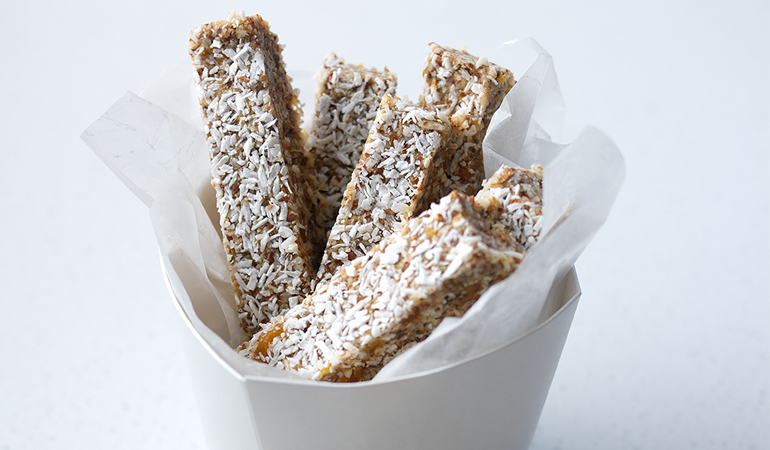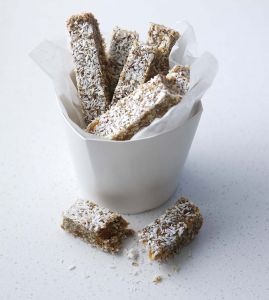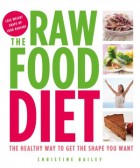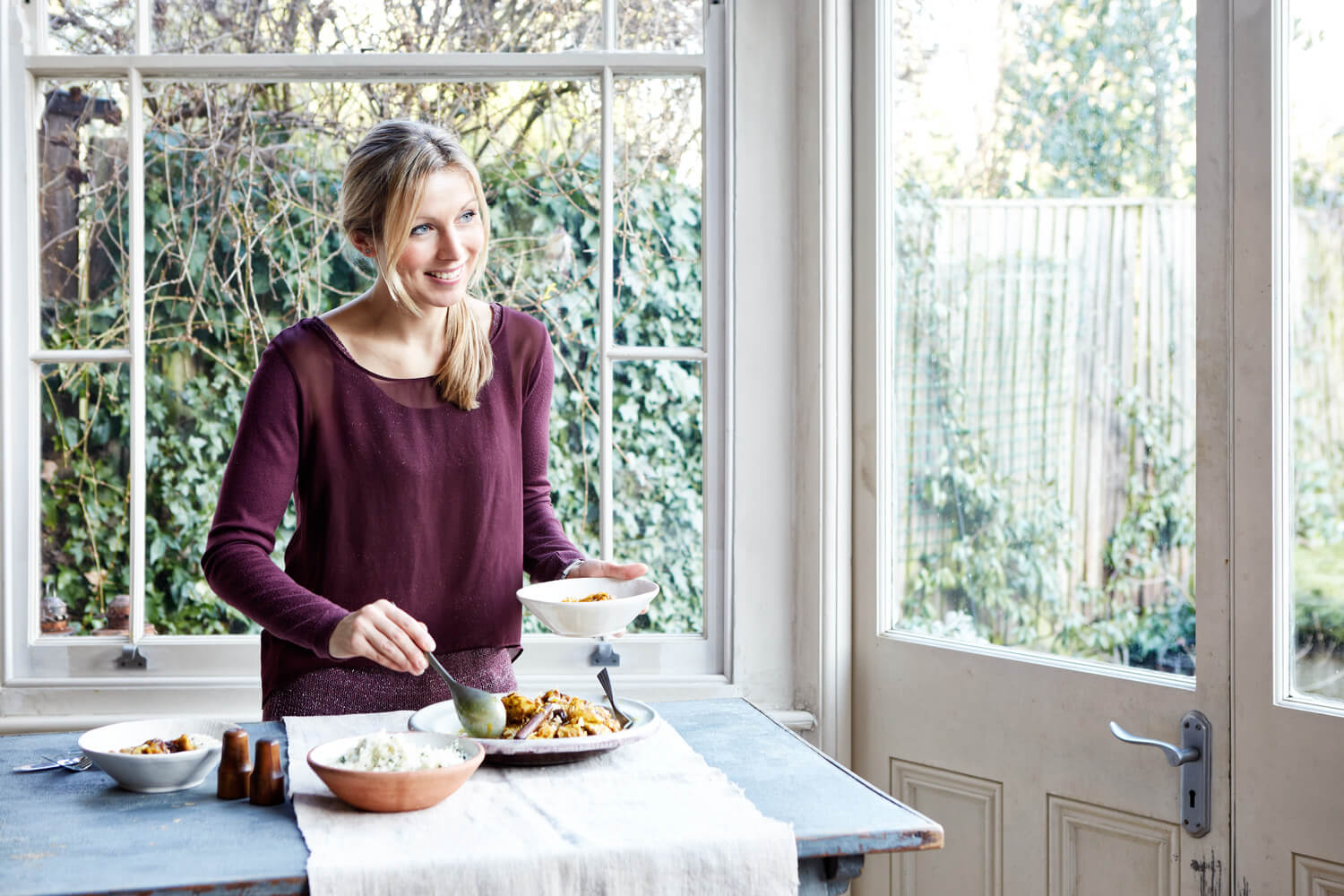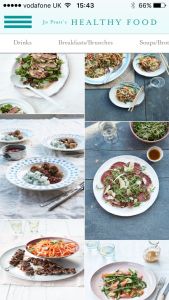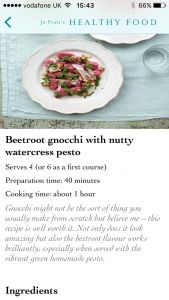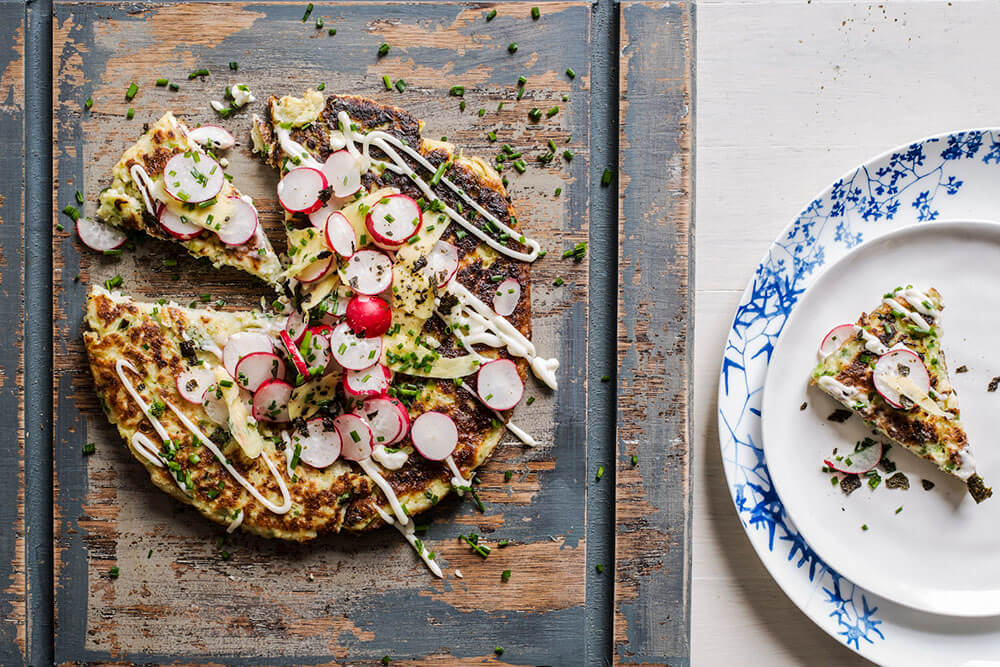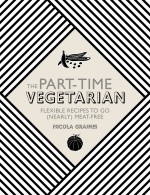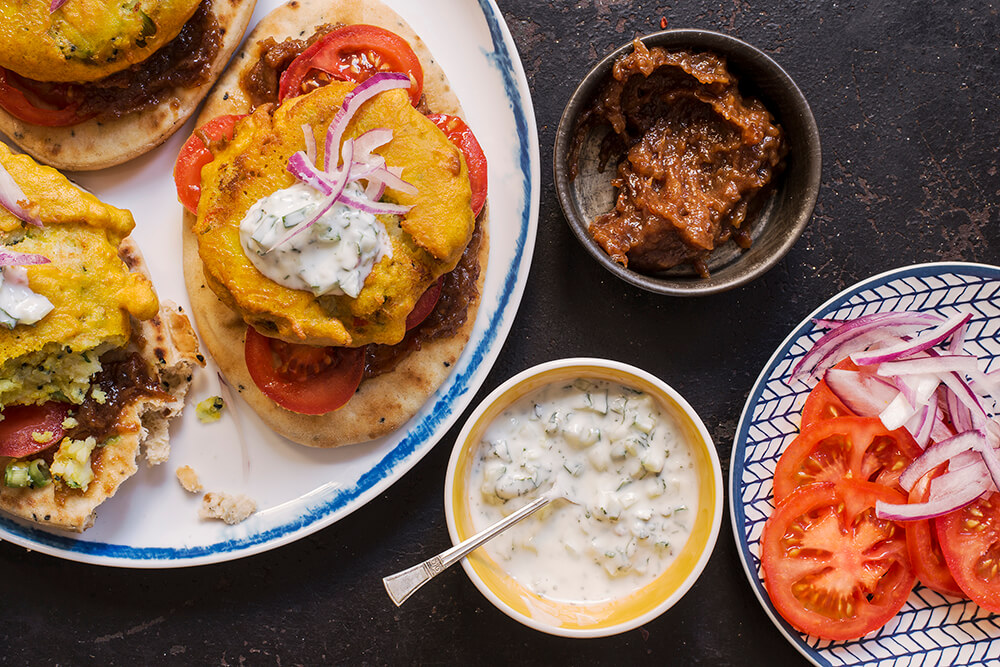
by Christine Bailey
This article has been cross-posted from www.christinebailey.co.uk.
Start the new school term with healthy, happy kids. Here are some top foods to pile on their plates.
It’s that time of year again. After the summer break it’s time to get your child ready for the new school term. But as well as the practicalities of school uniform, books and pens are you making sure your child gets the essential nutrients to help them function better and feel healthier?
Brainy Nutrients
Good nutrition is vital for a healthy brain. Without the essential nutrients it is unable to produce neurotransmitters, the chemical messengers that are necessary for brain function. Give your child’s brain a boost by including key foods to help improve their concentration, learning and mental energy.
Your first step should be to ditch the sugary, processed foods, additives and stimulants. These will cause fluctuations in blood sugar that can lead to irritability and lack of focus. Instead include slower releasing starchy foods that will provide a more even supply of energy. This can include sweet potato, fruit, vegetables and easy to digest grains such as quinoa, oats or rice. Combine these with high quality proteins to provide the building blocks for neurotransmitters (meat, fish, eggs, poultry). Make sure they also get plenty of vegetables, nuts and seeds and some fruit which will help supply valuable vitamins and minerals such as B vitamins, magnesium, antioxidants and zinc – all necessary for brain function. If your child is fussy then you may wish to consider a vitamin and mineral supplement.
There are also a range of ‘smart’ nutrients which can help. Choline for example is needed to produce the neurotransmitter acetylcholine important for boosting memory. It also forms a vital part of nerve cells, cell walls and the sites on cells that receive brain chemicals. Found in egg yolks, nuts, and fish such as sardines and available in lecithin granules, a useful brain supplement, which can be sprinkled dishes or added to homemade bars. Why not start the day with boiled eggs or scrambled eggs for a protein and choline boost.
If your child is prone to anxiety or finds it difficult to unwind try a combination of calcium and magnesium – well known calming minerals. Make their evening meal rich in foods containing tryptophan, which the body converts into serotonin. This has a mood enhancing; calming effect and can induce sleepiness. Good food sources include turkey, chicken, seeds, nuts, potato, fish, oats, banana and eggs. To help tryptophan cross the blood brain barrier combine these foods with some carbohydrate. For example banana and granola or baked potato with canned fish. For older children consider supplementing with theanine and / or GABA. I love the supplement Zen – just a couple of squirts in the mouth is great to reducing levels of anxiety. L Theanine is a non essential amino acid known to promote a relaxed and restful state without diminishing alertness and in fact can aid concentration as well balancing mood and emotion.
Fishy Business
60% of the brain is made up of fat and in particular the essential fatty acids. Recent research has found taking essential fats omega 3 and omega 6 and their active components EPA (eicosapentaenoic acid), DHA (docosahexaenoic acid) and gamma linolenic acid (GLA) can promote mental health, boost IQ and treat specific behavioural and learning disorders. As these essential fats cannot be made by the body they must be obtained from the diet. Oily fish (e.g. salmon, mackerel, sardines, herrings etc) are one of the best sources while walnuts, hemp, chia and flaxseed are useful vegetarian sources. However bear in mind that only a small proportion of vegetarian omega 3 is converted to the active components DHA and EPA, which are so important to health. In addition as many children don’t eat a lot of fish you may wish to consider a fish oil supplement.
Snack Attack
Children have high energy requirements relative to their size so it’s important to provide them with energy-dense, nutritious foods in small, regular amounts. Regular meals and healthy snacks will help keep blood sugar levels steady provide a constant source of glucose to the brain to aid concentration and prevent mood swings and energy dips.
Rather than resorting to conventional sugary processed snacks try some delicious homemade options. This could be simply a trail mix of nuts and seeds, homemade bars or muffins, kale crisps, apple slices with nut butter, UGG breads and muffins, slices of chicken or ham, dehydrated vegetable crisps, coconut yogurt and berries or a range of dips and vegetables sticks. Nut butters like almond are a popular choice – a good source of vitamin E, magnesium and iron to energise and protect the body.
Berry Protection
Strawberries, cherries, blueberries, blackberries, raspberries – they are all packed with antioxidants and vitamin C to support the immune system and nourish the skin. Add to a homemade smoothie, snack on a packet or stir into yogurt for a healthy sweet option.
Fluid Alert
Most children don’t drink enough water – whether it’s because they simply forget during the day or dislike the taste. Crucial for maintaining energy levels, dehydration can lead to headaches, constipation, lethargy and poor concentration. Ditch the cans of carbonated drinks and switch to healthier alternatives: try flavouring water with slices of lemon or cucumber. Coconut water is ideal after sporting activities to quickly hydrate the body.
Tummy Troubles
Children can suffer from tummy troubles from time to time but poor digestive health has also been linked to food allergies and skin conditions such as eczema and acne. Supplementing with friendly bacteria (probiotics) can be helpful for promoting bowel health especially following a course of antibiotics. If you can get them to eat fermented foods then try and include these daily – sauerkraut, yogurt, kefir, kombucha are great options. If choosing a formula choose one with a combination of Lactobacillus and Bifidus species such as ProBerry Amla powder.
Immune Support
If your child always ends up with coughs and colds during the autumn term it’s time to build up their immune health. Check their vitamin D levels. Include plenty of zinc rich foods – pumpkin seeds, seafood, meat as well as vitamin C rich berries, red pepper, citrus fruits and leafy greens. If they do come down with a cough or cold try an Echinacea formula or elderberry extract (Sambucol) and check their iron levels too. Iron is often overlooked yet plays an important role in supporting immune health – a deficiency has also been associated with poor concentration and delayed development.
Iron is also an essential mineral that helps children stay energized and able to concentrate at school. If your child is not keen on meat then make sure they eat plenty of eggs, spirulina crunchies, beans and pulses, leafy greens and combine with vitamin C rich foods to aid absorption.

Christine Bailey
The Supercharged Green Juice & Smoothie Diet
Available in January 2016.
Preorder from Amazon now.
Sign up for our newsletter to get our new articles straight to your inbox every month.





